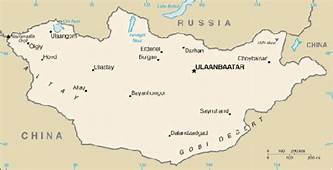Q: How are homes heated in Ulaanbaatar?
Q: How are homes heated in Ulaanbaatar?
A: This heat is produced and distributed by a network that is both archaic and unsustainable. Ulaanbaatar’s basic energy needs are met by an interconnected cogeneration system, which produces both the city’s electricity and heat, known as District Heating (DH). Both products are created by three Combined Heat and Power (CHP) plants located in the far western, industrial sector of the capital. The DH system then works together with private heating supply companies to supply heating and hot water to businesses and apartments around the city. This grid is known as the Ulaanbaatar Heating Network (UBHN).
The majority of Ulaanbaatar’s heat is produced by CHP-4, the most modern of the facilities, built with a theoretical capacity large enough to supply 75% of what the UBHN is considered able to handle. However, the plant is currently operating close to capacity and despite being relatively new (it was commissioned between 1983 and 1991) premature aging has set in due to the loss of Soviet support and expertise after 1989.




